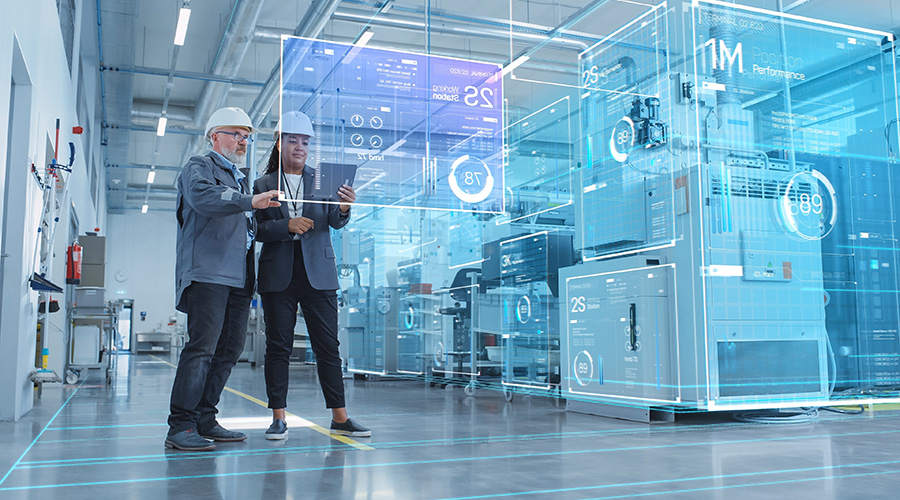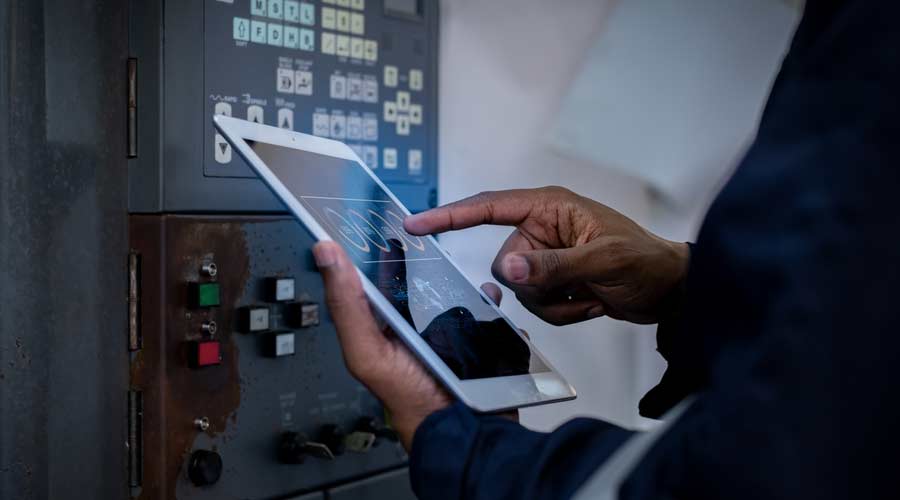User-Training Strategies to Consider for CMMS
User-training strategies
One essential consideration in a CMMS replacement is ensuring that people who will operate it daily are familiar with computer basics and the operating system. If not, managers must provide basic training to ensure they are ready for training on the CMMS itself.
Systems users can complete the training in two different phases. The initial training is designed to get the system up and running, and the advanced training covers the phase that takes place after the CMMS has been operating.
The software vendor will only train users on the CMMS's operations, features and functions. Managers will have to provide the internal training. For example, CMMS users should be trained on equipment-numbering schemes to avoid erroneous data entry. The purpose of this feature is to ensure data entered in the system is consistent.
Managers also need to keep these general training guidelines in mind:
Timing. Keep the training session relatively short — ideally, no more than one-three days. Extended training is not recommended because most people forget most of the items covered. Managers also should keep the timing of the training in mind. Do not schedule training too early in the process, and coordinate it with the actual implementation.
Support. Managers must be sure every trainee receives enough help to become comfortable and confident in using the CMMS. Even a small shortage of needed training can cause an employee to backslide and lose confidence, which eventually can lead to project failure. The training process must include all personnel who interact with the CMMS.
Duration. Training should be ongoing. New users in the organization should receive the full course of training, while existing users must be able to take refreshers as needed. This continuity will accommodate the inevitable personnel changes and system evolutions that occur over the life of the system.
Data migration
Organizations seeking to install a new CMMS already have gold mines of maintenance-related data on equipment, preventive maintenance, safety, inventory, vendors, and employees. It takes time to gather this data, which is valuable for setting priorities and making decisions, so managers need to be sure as much data as possible transfers electronically to the new CMMS.
One caveat is to avoid simply importing this data directly because any corrupt data from the old database will end up in the new database. Instead, have the vendor export all data into a spreadsheet or similar database and review, update, and correct it in that format. In some cases, data is in such bad shape that it is a waste of time trying to correct it, and the best option is to gather new data from scratch.
In an attempt to cut corners or meet deadlines, organizations often transfer data with the intent of reviewing and correcting it later, but this tactic rarely is successful. Instead, managers should take the time up front to review the data to identify, for example, obsolete equipment.
Managers also should review maintenance procedures. Chances are, someone is using procedures that are 20-25 years old. Equipment conditions have changed, and procedures must reflect the conditions.
Related Topics:














